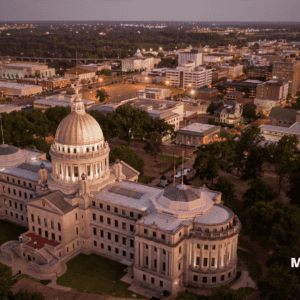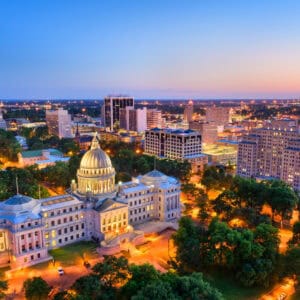States that have embraced economic freedom and less restrictive policies are leading the recovery, while states that favor lockdowns, high taxes, and smothering regulations are lagging. The top 10 states for pandemic jobs recovery are all states that embrace conservative economic policies, which has allowed them to continue to outpace more restrictive states in bringing back jobs. The US economy added an anemic 366,000 jobs in August and 194,000 jobs in September, far below economists’ expectations for both months. In August, Texas jumped up into the top five for pandemic jobs recovery, and Arizona inched closer to becoming the third state to make a full jobs recovery.
Meanwhile, the nationwide labor shortage has continued to worsen, driven by federal policies that disincentivize work. The Bureau of Labor Statistics reports 10.4 million job openings in the US economy, up 750,000 month-over-month. The record number of job openings exceeds the number of unemployed Americans by 2.7 million. Business complaints about a labor shortage are ubiquitous nationwide. Federal policies have exacerbated a labor shortage and undermined state jobs recoveries.
States hold the key to economic recovery, not Washington
Instead of imposing top-down solutions, federal policymakers should look to the states to see what works. And the federal government should cease new redistribution programs and unnecessary state subsidies that are undermining state recoveries. It is understandable that the initial federal pandemic response was to provide cash to make whole firms and workers who were severely displaced by the pandemic shock. However, that initial bridge support turned into long-term subsidies for workers to remained off the job, which proved to be a harmful incentive to both workers and to state governments who kept economic restrictions in place. The federal government provided also $350 billion in aid to state and local governments based primarily upon how high unemployment was in each state, a straightforward incentive for states to mismanage their economies.
August jobs performance by state
State job growth rates in August slowed down significantly from July across the majority of states, in line with the decelerating national jobs recovery. Kentucky (1.1%) had the fastest job growth rate in this slow month, followed by Nevada (+0.9%) New Mexico (0.7%) and California (0.6%). Hawaii had a meaningful decline (-1.0%) in payroll jobs on the month, setting back the nation’s worst state recovery.
Recession recovery update through August
Utah and Idaho remain the only two states that have more payroll jobs than before the pandemic began, though they are not going to be alone for too much longer. Arizona is only 5,000 jobs from recovery (0.2%), an amount that the Grand Canyon State can make up in one good month of growth. South Dakota, Texas, Montana, and Nebraska are all within a few months of recovery. The top 10 states for jobs recovery are all economically conservative states, while the opposite is true at the other end of the recovery spectrum.
Alaska, Wyoming, and Louisiana are notably on the bottom end of the recovery rankings, with all three states subject to the heavy job losses that afflicted the energy and tourism sectors. Hawaii and Nevada are also in the bottom 10 states, and both are dependent on tourism. The rest of the bottom 10 states are dominated by progressive governance, with New York (-8.9%) next worst to Hawaii, along with Michigan, New Mexico, Massachusetts, and New Jersey. Pennsylvania, Illinois, California, Rhode Island, and Connecticut make up the rest of the bottom 15. Progressive leadership has led to worse economic outcomes in the states in a recession that has primarily afflicted low and middle-wage workers, a lesson that federal policymakers should take to heart as progressive states face years of floundering towards recovery.
Economic reforms will strengthen recoveries
The nation’s economic recovery has ebbed and flowed with each surge and slump in infection rates. However, another factor that influences recovery is how policymakers craft healthcare and economic policies to incentivize work and investment. Policy reforms are needed to accelerate a jobs recovery, especially in the states that are furthest behind. And federal policymakers should note the obvious difference in state recoveries with conservative economic policies significantly outpacing progressive policies. A robust recovery is underway in the states that have been less restrictive on business and labor, and a substantial migration is underway as remote work allows Americans to move from states with less freedom to states with more freedom.
The states that are recovering strongly have been enthusiastically cutting and reforming taxes. State lawmakers should press forward for additional tax reforms in the 2022 legislative sessions, as strong revenues are cushioned with unprecedented federal aid. State tax and regulatory reforms should be leveraged both to enhance recovery and reduce the economic damage that results from federal policy, while federal policymakers should look to the states to see what is working.



